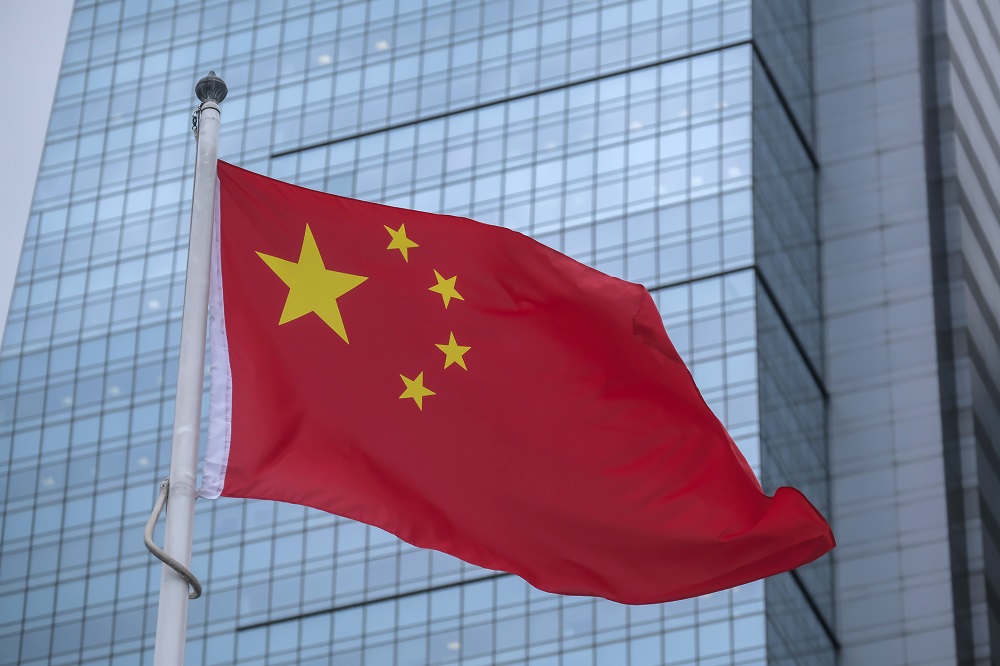US stocks soared back in 2021, as the economy began to emerge from the pandemic. Now it’s China’s turn. Yes, there’s a ton of risk, especially with rising geopolitical tensions between the US and China. But aggressive investors should consider this—the MSCI China Index was up 35% since its most recent bottom last November, and China’s comeback may just be getting started. The government has reversed its
COVID-19 zero-tolerance policy and lifted border restrictions…and made moves to stimulate growth, loosening regulations on businesses and stabilizing the residential-property market. After the Chinese market’s double-digit losses in 2021 and 2022, valuations look attractive, especially with China’s GDP expected to grow by 5.2% in 2023, far outpacing growth in the US and Europe.
To play the Chinese reopening: Get exposure through a diversified ETF. Betting on individual companies still courts substantial risk. Reasons: Prominent CEOs and billionaire businessmen are still facing government crackdowns under the banner of anticorruption investigations…and Chinese corporate accounting practices can make it difficult for investors to value many companies. Worth considering now…
Franklin FTSE China ETF (FLCH) holds nearly 1,000 stocks with one-quarter in consumer companies such as food-delivery giant Meituan and the Industrial and Commercial Bank of China. The fund has one of the lowest expense ratios of any Chinese ETF at 0.19%.
KraneShares CSI China Internet ETF (KWEB). For more aggressive investors, this taps into about 30 large-cap tech companies including Alibaba and Tencent. As recently as this past April, it had risen over 40% since November and historically has been nearly twice as volatile as the NASDAQ 100.


